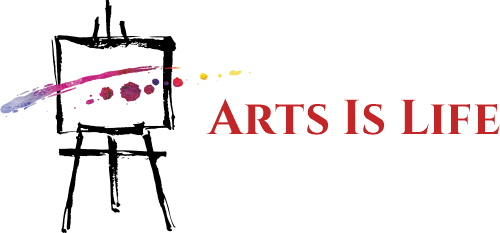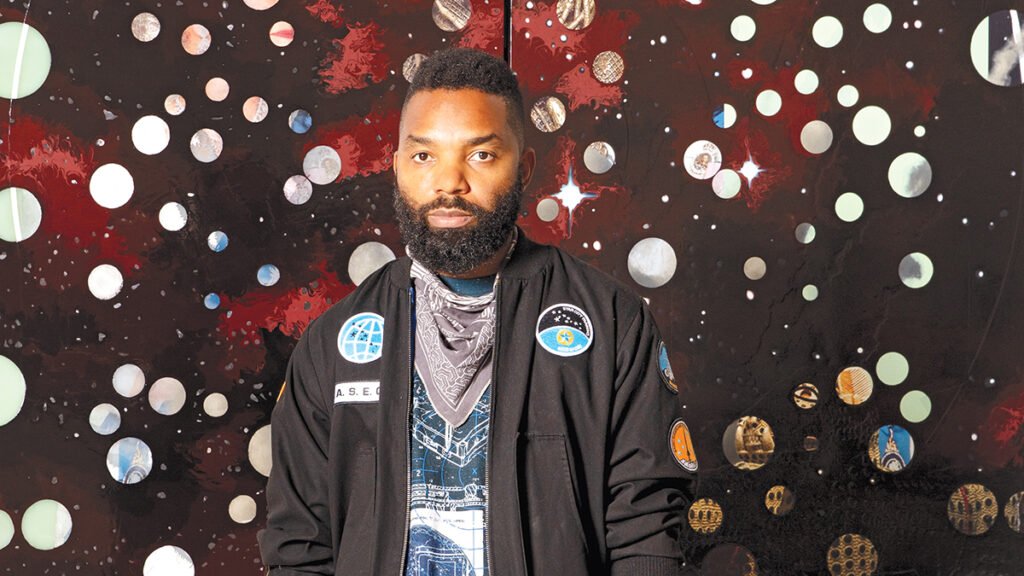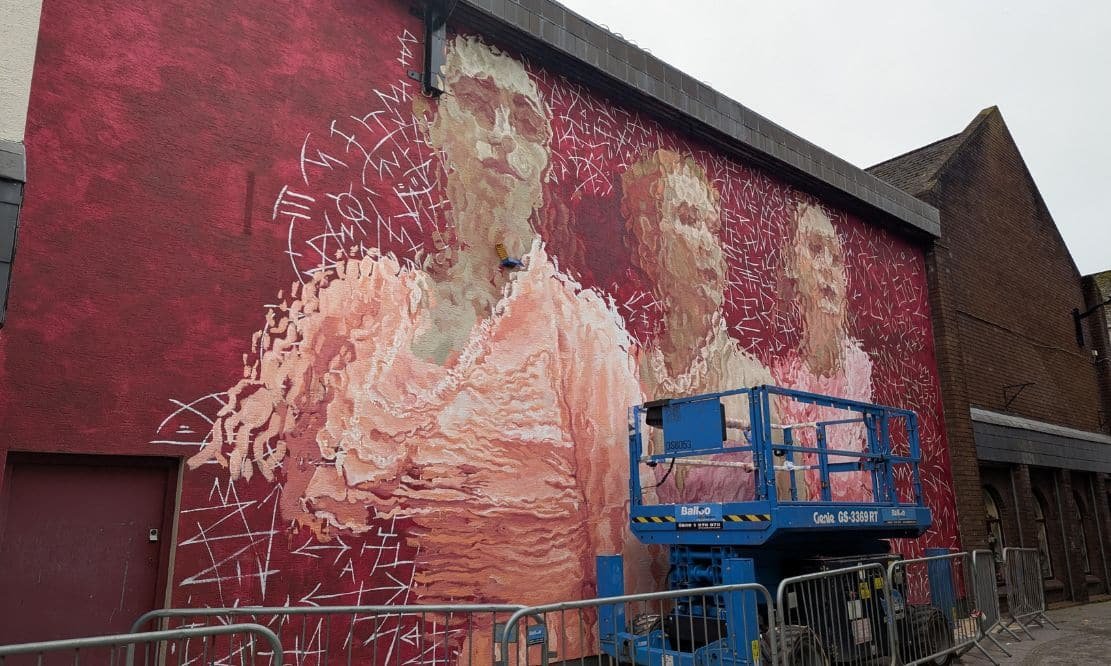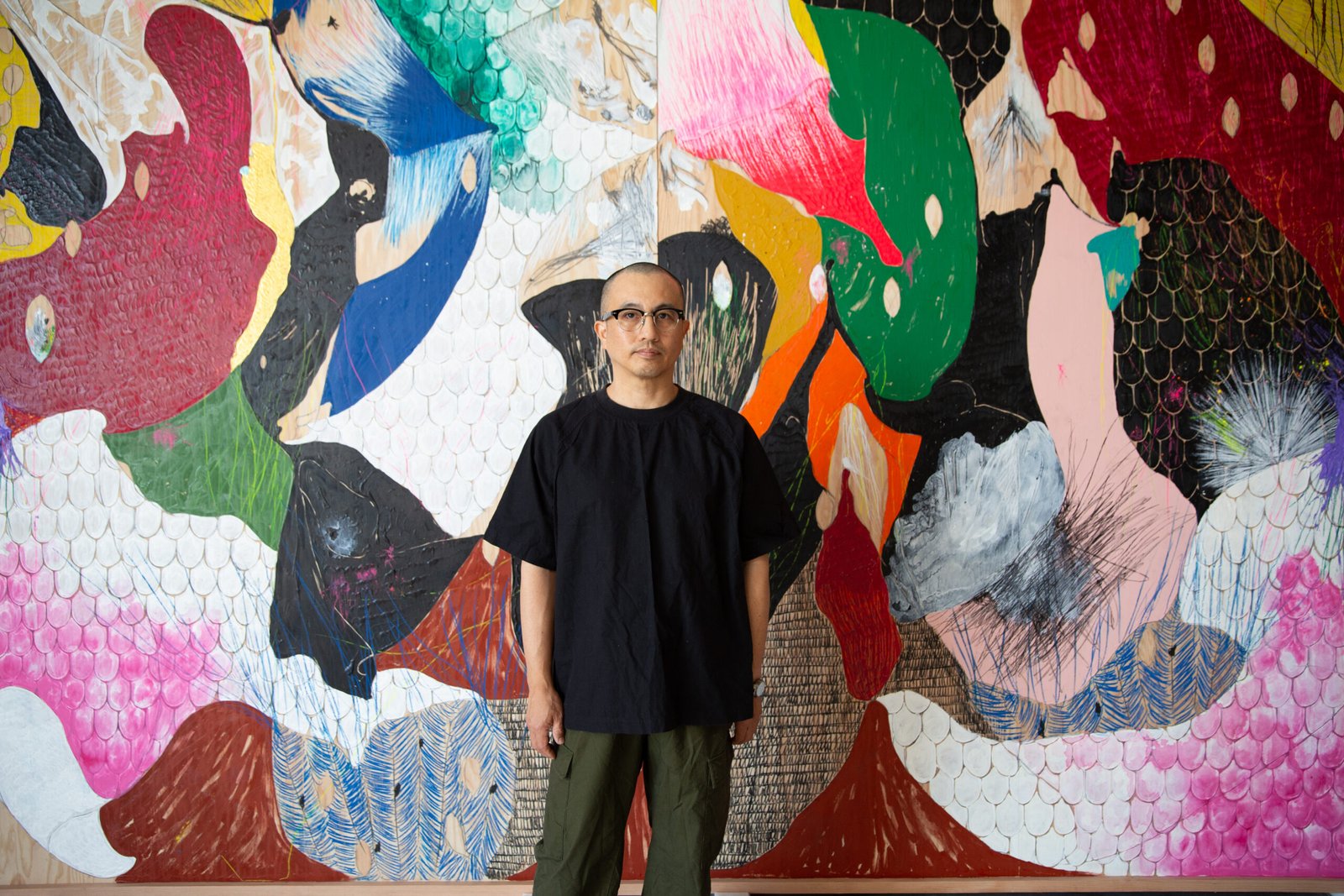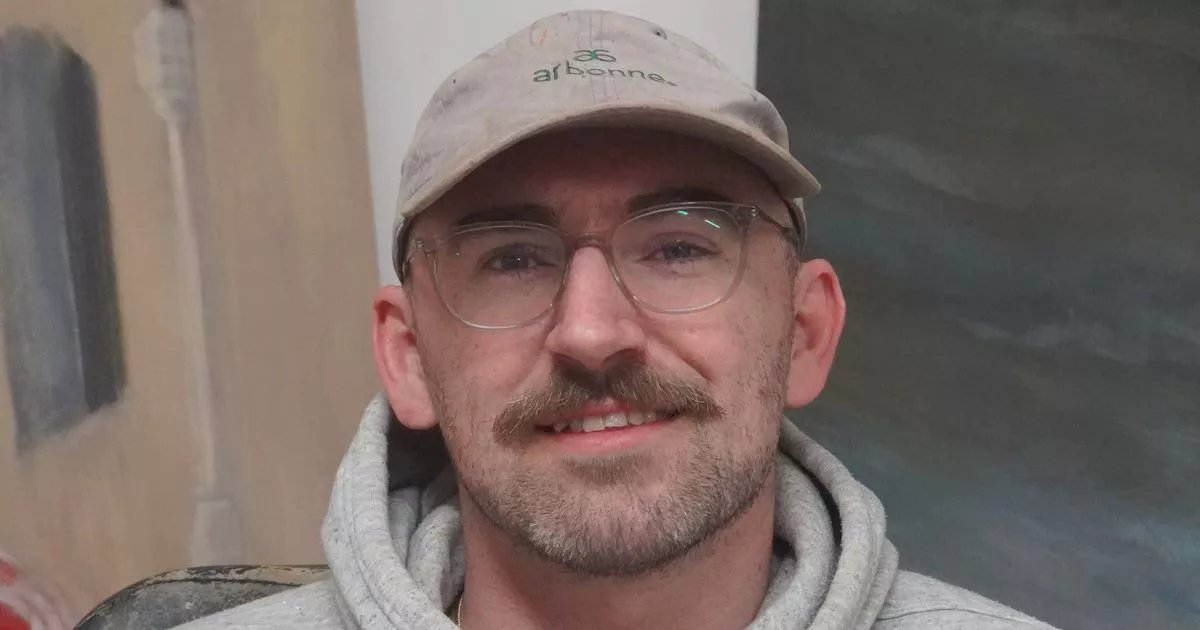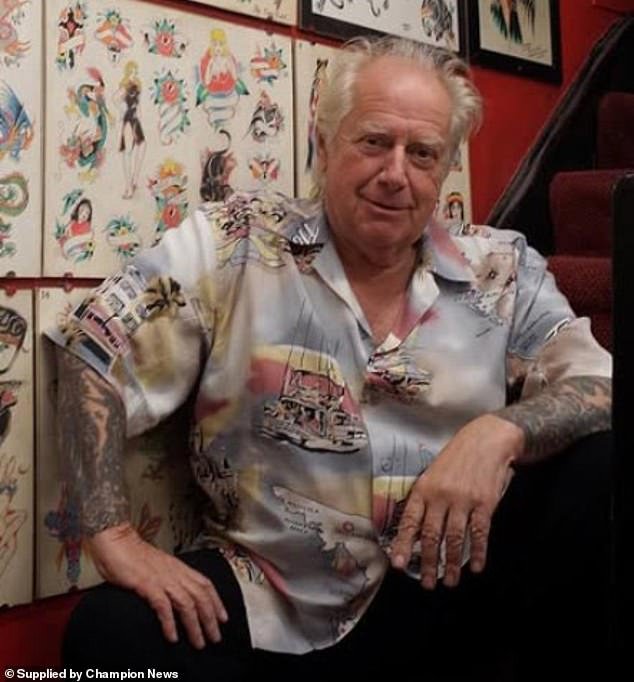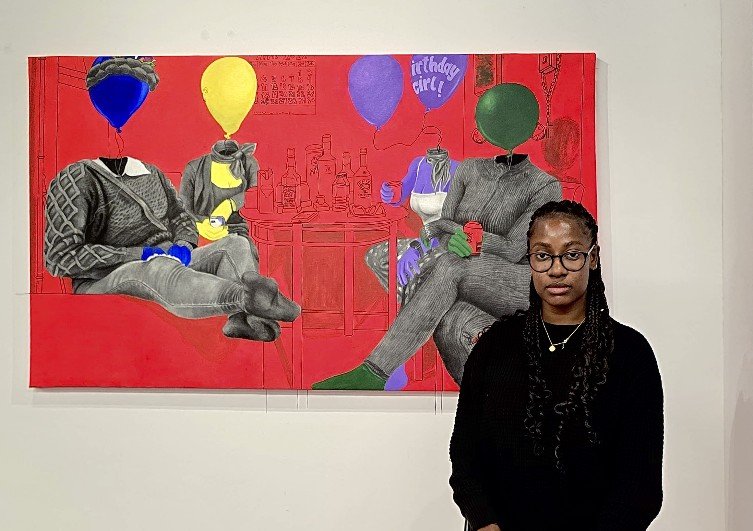It has been a rocky few months for museums, as they struggle to navigate mounting political pressures: The director of the National Portrait Gallery was forced out over her support of D.E.I.; celebrated artist Amy Sherald pulled her midcareer survey (a 2025 Best of the Best winner) from the same museum because it reportedly asked her to withdraw a painting of a transgender Statue of Liberty; and the Whitney Museum of American Art canceled a pro-Palestinian performance after learning one of the artists involved had demanded members of a previous audience leave if they believed in Israel’s or America’s right to exist.
If there were a perfect show for this moment, it just might be Tavares Strachan: The Day Tomorrow Began, running October 12 to March 29 at the Los Angeles County Museum of Art (LACMA). Strachan, a conceptual artist and MacArthur Foundation “genius grant” recipient who divides his time between New York City and his native Nassau, Bahamas, uses a wide range of mediums to consider who and what belong in a museum—and how they end up there.
More from Robb Report
“The question of what history we choose to hold, what we choose to subsume, and what we choose to bring to a public forum is literally what’s being litigated right now,” says Diana Nawi, curator of contemporary art at LACMA. “Tavares’s practice gets to the very heart of that.”
For instance, his best-known work, Encyclopedia of Invisibility, which will be on view in the new show, is a compendium of over 17,000 entries of people, places, and events often overlooked by mainstream historical accounts. Among the groundbreaking figures highlighted is Matthew Henson, the Black explorer who most likely reached the North Pole before Richard Peary, the white leader of the expedition who was credited with the feat. “To not know that story, to not know that he looks like me—what does that do?” Strachan asks. “What could it have done if I knew it earlier?”
Strachan’s keen interest in scientific exploration—he also trained as a cosmonaut in Star City, Russia, and founded an art-meets-science project called the Bahamas Aerospace and Sea Exploration Center (BASEC)—might best be viewed in the broader context of his focus on the dissemination of knowledge. “You put the rubric of science with the openness of art—it’s how he’s trying to create meaning in the world,” says Nawi, who organized the exhibition. “It’s incredibly rigorous. There’s such an imagination, such ambition in the work.”
The show, which features more than 35 pieces in a series of disparate environments, evolved out of a long-standing relationship between Strachan and LACMA. “Museums, I think, have this thing where they adopt artists,” he says with a laugh. “You become a part of a museum’s family.” In 2014, he received LACMA’s Art + Technology Lab Artist Grant, which led to his sculpture Enoch (2018) being launched into space and orbiting the Earth for three years. The gilded portrait, resembling an Egyptian canopic jar, pays tribute to Robert Henry Lawrence Jr., the first Black astronaut, as does a second sculpture in the LACMA show, which Strachan describes as “a neon portrait of the innards of his body.”
Several pieces contemplate the role of monuments in our culture. One pairs lengthy quotes from James Baldwin and Mark Twain, both of which touch on our shared humanity. Re-created in neon, Baldwin’s words sit atop Twain’s, which are flipped upside down like a mirror image. Strachan cites the rapper Nas as one inspiration for the work. “He says, ‘It’s a dirty game, is any man worthy of fame?’ in one song. I think about that all the time,” especially when confronted by the marble statue of Queen Victoria—who reigned over Britain’s colonial expansion—in Nassau’s Parliament Square. “When you grow up with that kind of thing in a country that’s probably 85 percent Black, there’s something about the presence of that image that’s signaling to you that you are maybe less than. The power of aesthetics, right?”
But Strachan expresses optimism about where society is headed, insisting that part of an artist’s role is to manifest a more positive future. “Ultimately,” he says, “I think art has the final say.”
Best of Robb Report
Sign up for RobbReports’s Newsletter. For the latest news, follow us on Facebook, Twitter, and Instagram.
